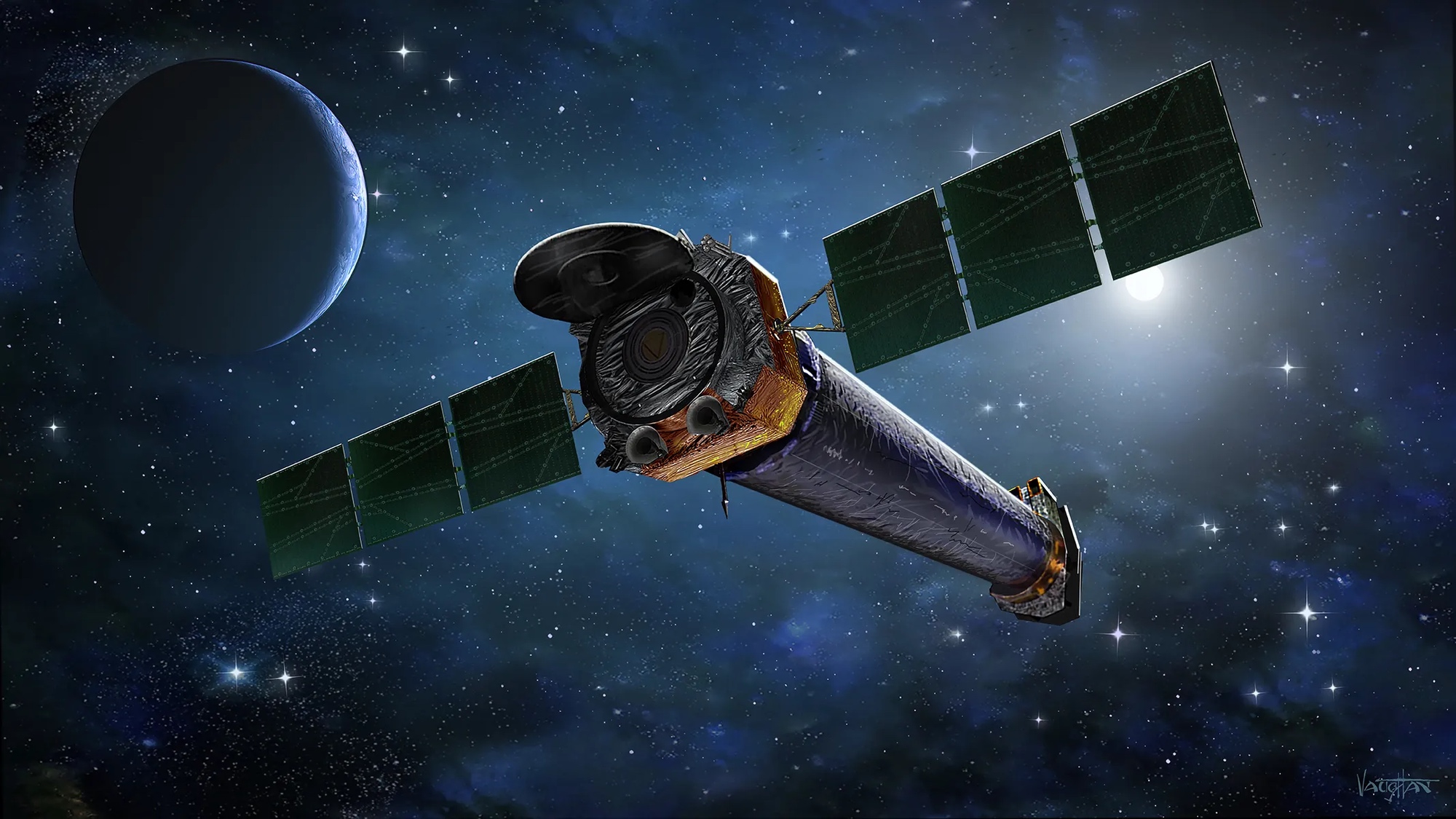
WASHINGTON — NASA is considering cutting the budget of two of its biggest space telescopes as it faces broader spending reductions for its astrophysics programs.
In an Oct. 13 presentation to the National Academies’ Committee on Astronomy and Astrophysics, Mark Clampin, director of NASA’s astrophysics division, said he was studying unspecified cuts in the operating budgets of the Chandra X-Ray Observatory and Hubble Space Telescope to preserve funding for other priorities in the division.
The potential cuts, he said, are driven by the expectation that his division will not receive the full request of nearly $1.56 billion for fiscal year (FY) 2024 because of legislation passed in June that caps non-defense discretionary spending for 2024 at 2023 levels, with only a 1% increase for 2025.
“We’re working with the expectation that FY24 budgets stay at the ’23 levels,” he said. “That means that we have decided to reduce the budget for missions in extended operations, and that is Chandra and Hubble.”
Clampin declined to say how much the budgets of those two observatories would be cut, or specific impacts on them because of the cuts. He indicated the proposed cuts are still being studied, noting that he was able to make a “positive adjustment” for Chandra just in the last week.
Chandra and Hubble are the two most expensive NASA astrophysics missions to operate after the James Webb Space Telescope. NASA requested $93.3 million for Hubble and $68.7 million for Chandra in its fiscal year 2024 budget proposal, in line with past years’ budgets. Combined, they represent a little more than 10% of the fiscal year 2024 budget request for NASA astrophysics.
They are also among the two oldest NASA missions, with Hubble launched in 1990 and Chandra in 1999. Clampin suggested that was a reason for reducing their budgets. “Chandra has a number of issues right now. It’s becoming increasing difficult to operate,” he said. Insulation on the spacecraft’s exterior is degrading, warming the spacecraft and making operations increasing difficult.
“While Hubble doesn’t have those issues,” he added, “it has been operating for a long time and it is a large piece of the astrophysics budget.”
Clampin said he was planning two “mini senior reviews” for Chandra and Hubble, likely in May 2024 after the release of the fiscal year 2025 budget proposal. NASA conducts senior reviews to decide whether and how to extend science spacecraft that have completed their primary missions.
In the last astrophysics senior review in 2022, Chandra and Hubble were effectively exempted, with separate panels studying each mission to look for efficiencies and other improvements rather that examining if the mission itself should be extended.
“Hubble and Chandra occupy the top tier given their immense, broad impact on astronomy,” the final report of the 2022 senior review stated. “Both missions are operating at extremely high efficiency, and although they are increasingly showing signs of age, both are likely to continue to generate world-class science throughout the next half decade, operating in concert with JWST as it begins its flagship role.”
Clampin said any savings from Chandra and Hubble would go to other astrophysics priorities. “What we are trying to do, though, is protect future missions and developing missions and international partnerships,” he said. That includes the Nancy Grace Roman Space Telescope, smaller Explorer-class astrophysics missions, and NASA’s role on missions led by other nations, such as ESA’s LISA gravitational-wave observatory and the Israeli Ultrasat ultraviolet observatory.
He said he also wanted to protect early work on the Habitable Worlds Observatory, the next flagship astrophysics mission after Roman slated to launch in the 2040s. “It’s absolutely fundamental to keep moving Habitable Worlds Observatory forward,” he said. That includes the first call for proposals to develop key technologies for that large space telescope and funding teams studying science and technology topics for it.
He added that NASA is also considering “small reductions” to other operating missions, which he did not identify, as well as reductions in technology development spending.
All those plans, he said, were to protect against potential sharp cuts in astrophysics. A Senate version of a commerce, justice and science (CJS) spending bill for fiscal year 2024 would give NASA astrophysics $1.544 billion, short of the request but still above the $1.51 billion it received in 2023. House appropriators have yet to publicly release details about its CJS spending bill.
“It’s entirely possible when we get an appropriation, given what you see on the news every day, we could be even well below the ’23 level,” he warned the committee. “It’s not a happy outlook out there.”
Related
ncG1vNJzZmiroJawprrEsKpnm5%2BifK%2Bt0ppknKeeqLalsdGipaBlkqqxqLHTZpqurKNis7C%2BjKGsm5qcmnqiusNmmqGZnpm%2FonnSqZicnV2psq2x0pymqZ2jZA%3D%3D